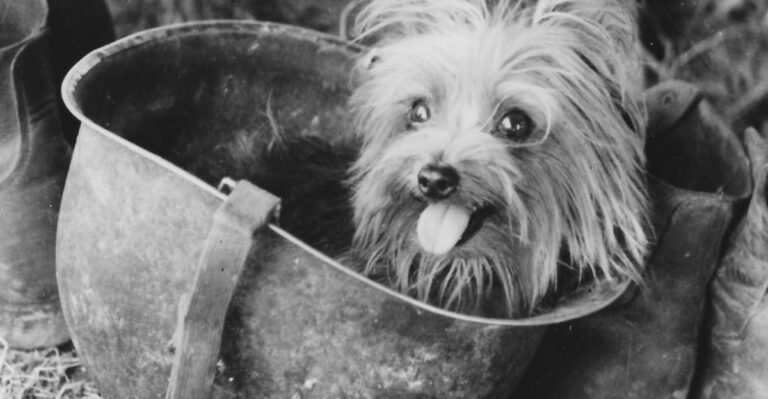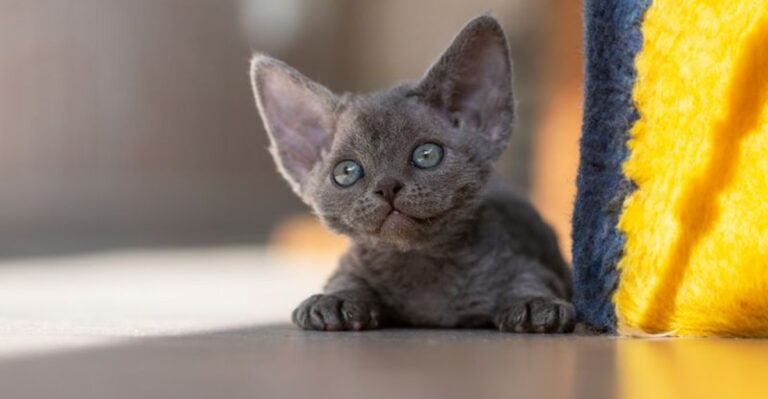13 Fascinating Facts About The Endangered Brown Spider Monkey
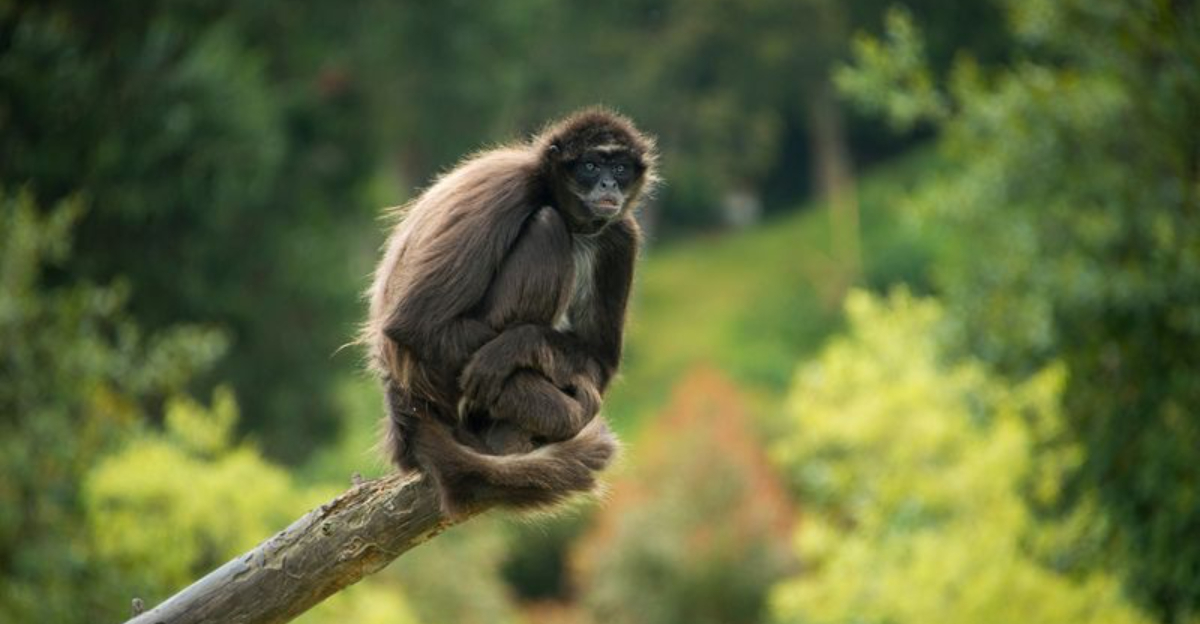
Get ready to be amazed by the extraordinary world of the Brown Spider Monkey, an endangered species that captures the heart of biodiversity enthusiasts.
Known for their long limbs and prehensile tails, these primates are not only fascinating but crucial to the ecosystems they inhabit.
Let’s embark on a journey to discover intriguing facts about these remarkable creatures, revealing their unique behaviors, threats they face, and efforts to preserve their existence.
1. Long-Limbed Wonders
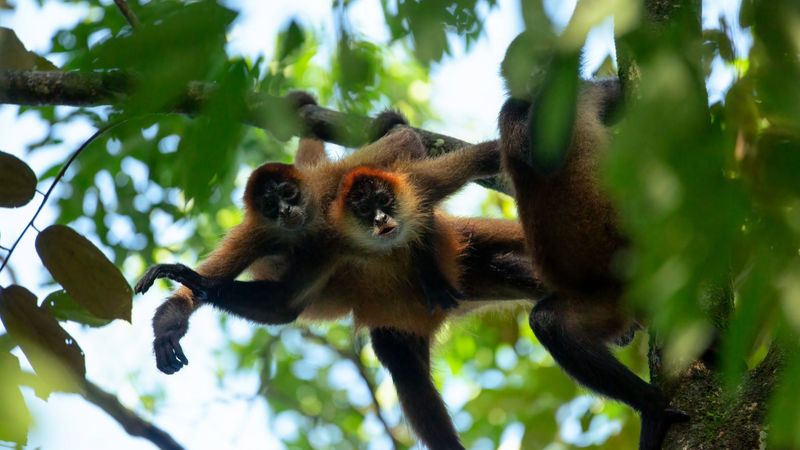
Brown Spider Monkeys are the acrobats of the rainforest. With limbs that seem to stretch endlessly, they swing from tree to tree with effortless grace. Their prehensile tails are not just for show; these tails act as a fifth limb, allowing them to hang, grasp, and balance with unparalleled skill. In the dense, towering forests of South America, this ability is not just advantageous but essential for survival.
Imagine gliding through the canopy at dizzying heights, supported by nothing but your agility and a tail as strong as your arms. For the Brown Spider Monkey, this is everyday life. Their long limbs are perfectly adapted for life in the trees, giving them access to food sources that ground-dwelling creatures can only dream of. Such physical prowess is a testament to their evolutionary success and a crucial adaptation in their fight for survival.
2. Dietary Delights
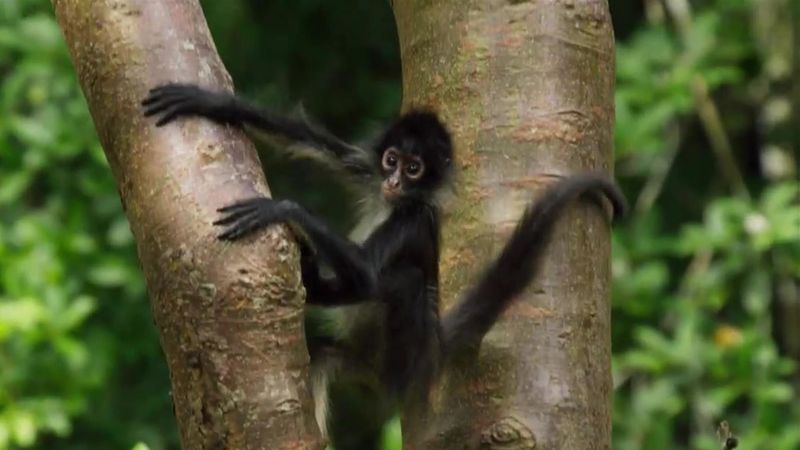
The diet of a Brown Spider Monkey is a vibrant display of the rainforest’s bounty. These primates are primarily frugivorous, feasting on a variety of fruits, which makes them key players in seed dispersal. As they munch on fruits of all colors and sizes, they inadvertently aid in the propagation of the forest flora.
Their preference for ripe, juicy fruits means they are constantly on the move, seeking out the best available snacks. Occasionally, they supplement their diet with leaves, flowers, and even insects, demonstrating their adaptability in the face of food scarcity. This nutritional variety not only sustains them but also underscores their role as vital contributors to their ecosystem. Their feeding habits are a beautiful symphony of survival, adaptation, and ecological harmony.
3. Social Structures
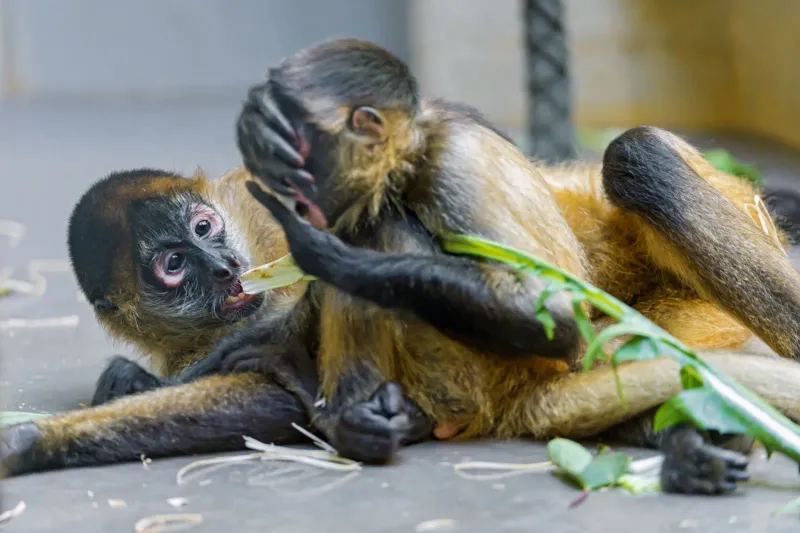
Brown Spider Monkeys are highly social creatures, living in groups that exhibit complex social structures. These groups, known as troops, can vary greatly in size and are characterized by intricate hierarchies and relationships. Within these social units, monkeys engage in grooming, playing, and vocalizing, which strengthens their bonds and ensures group cohesion.
Communication is the cornerstone of their social life. Through a series of vocalizations, body postures, and facial expressions, they convey information, warnings, and reassurances. This social intelligence is not just fascinating; it’s essential for their survival, providing protection against predators and assistance in locating food.
Such vibrant social interactions highlight the importance of each member within the troop, illustrating their collective commitment to survival and showcasing the intricate tapestry of primate sociology.
4. Endangered Status
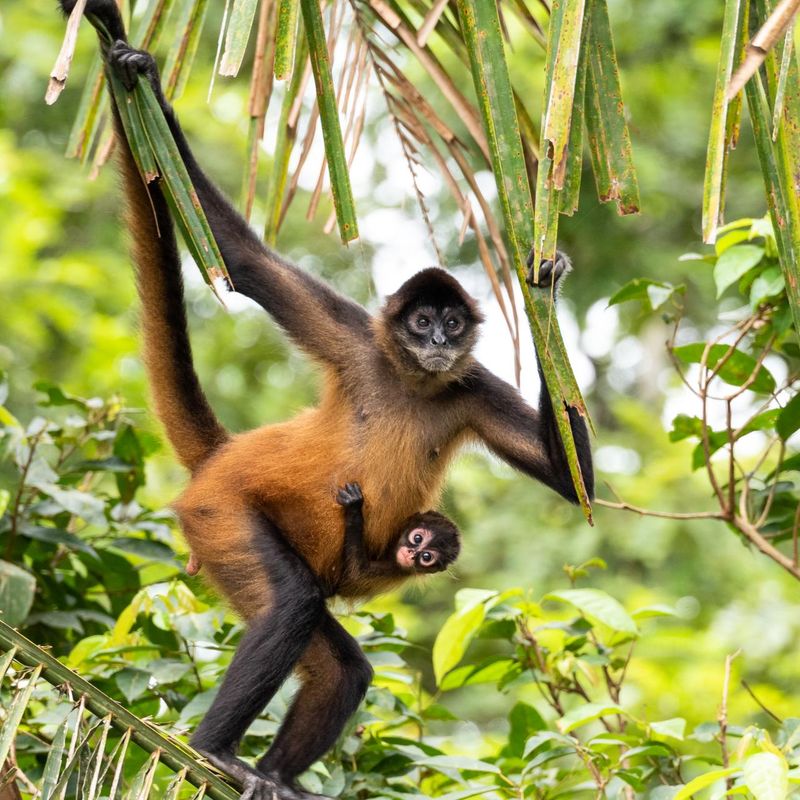
Unfortunately, the Brown Spider Monkey faces a dire threat of extinction. Classified as Critically Endangered, their numbers have plummeted due to habitat loss, hunting, and the illegal pet trade. These threats have led to drastic declines in their population, making conservation efforts more critical than ever.
The deforestation of their natural habitat is a significant driver of their endangered status. As human activities encroach further into their forest homes, the spaces these monkeys once thrived in are rapidly disappearing. Moreover, hunting for bushmeat and the exotic pet trade poses additional threats, capturing and killing these creatures at alarming rates.
Efforts to save the Brown Spider Monkey are ongoing, with conservationists working tirelessly to protect their habitats, enforce anti-poaching laws, and raise awareness about their plight.
5. Unique Communication
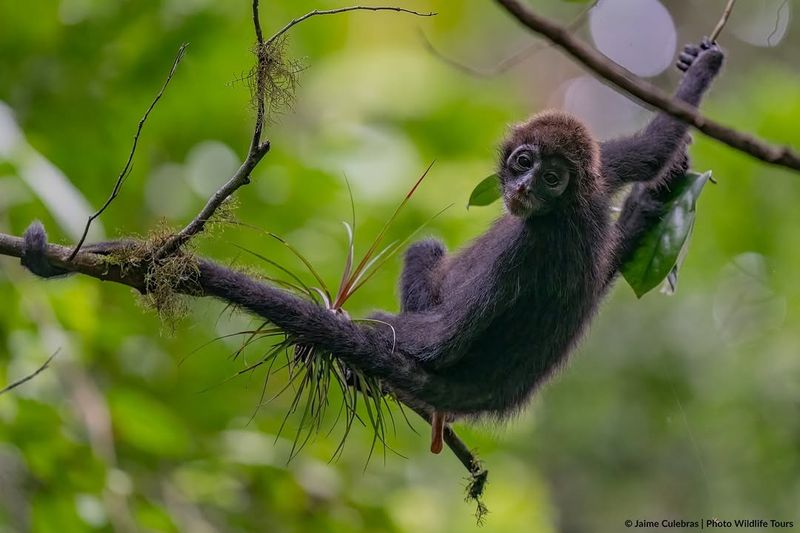
Communication among Brown Spider Monkeys is a sophisticated affair. These primates employ a variety of vocalizations, from calls and barks to whistles, each serving specific purposes within the troop. Their vocal repertoire is complemented by body language and facial expressions, making their communication both rich and nuanced.
This complex system allows them to convey a wide range of emotions and information. Whether warning of danger, signaling the discovery of food, or simply reinforcing social bonds, their communication is crucial to their daily lives. Such intricate exchanges demonstrate a level of social intelligence that is both captivating and essential for their survival.
Their ability to express and interpret subtle cues fosters cooperation and coordination, highlighting the remarkable cognitive abilities of these intelligent primates.
6. Habitat Diversity
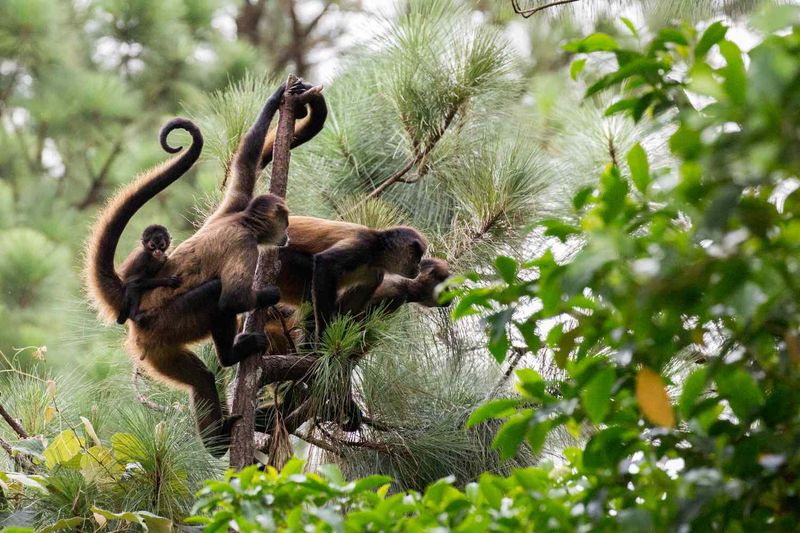
The Brown Spider Monkey thrives in the lush, biodiverse rainforests of northern South America. These forests are more than just a backdrop; they are a dynamic, living environment that supports a wide array of species, with the spider monkey playing a pivotal role.
From the Amazon basin to the Andean foothills, their habitats vary significantly, offering a rich tapestry of flora and fauna. These environments provide not only food and shelter but also an intricate ecosystem where every species, including the Brown Spider Monkey, contributes to the ecological balance.
Their habitat diversity underscores the importance of conservation efforts aimed at preserving these precious ecosystems. Protecting their natural homes ensures the survival of countless species and maintains the delicate equilibrium of rainforest life.
7. Remarkable Intelligence
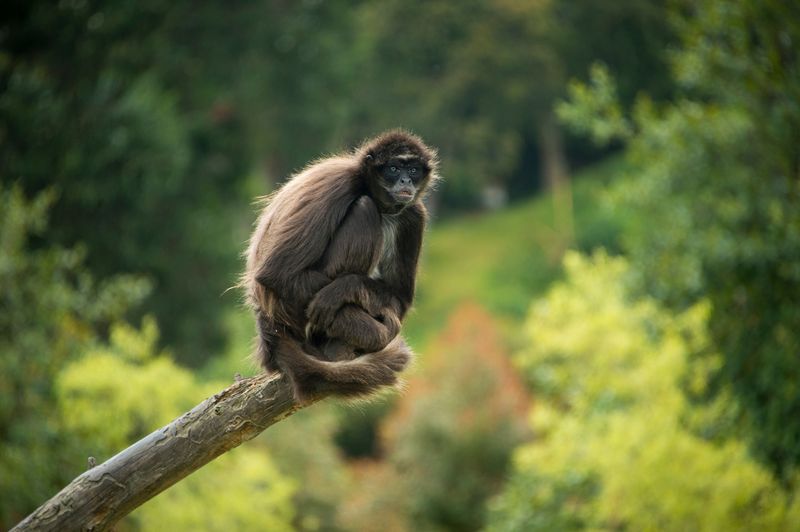
The cognitive abilities of the Brown Spider Monkey are nothing short of remarkable. Known for their intelligence, these primates exhibit problem-solving skills and a level of curiosity that rivals other intelligent species. Observations of their behavior reveal an aptitude for innovation and adaptability.
In their natural habitat, they have been seen using tools, such as sticks, to extract insects or access hard-to-reach food sources. This behavior not only highlights their ingenuity but also their ability to adapt to changing environments. Such intelligence ensures their survival and showcases the intricate workings of their minds.
Their cognitive prowess is a testament to their evolutionary success, illustrating the complex interplay between environment, behavior, and brain development in the animal kingdom.
8. Lifecycle & Reproduction
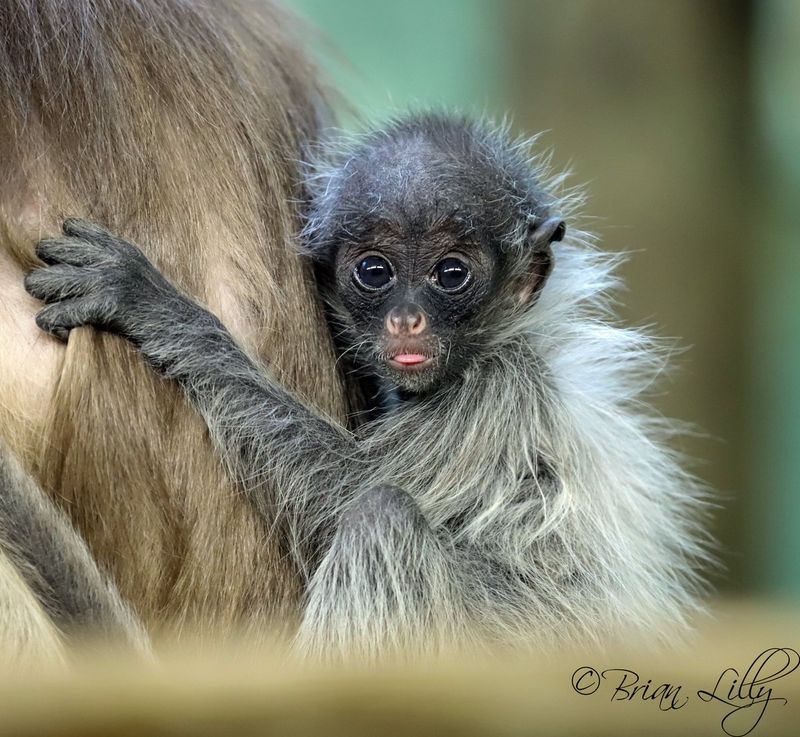
The lifecycle of the Brown Spider Monkey is a captivating journey from birth to maturity. Female spider monkeys give birth to a single infant every two to four years, a slow reproductive rate that makes population recovery challenging. These infants are born helpless, relying entirely on their mothers for survival.
Mother-infant bonds are incredibly strong, with mothers carrying their young on their backs for several months. This close relationship ensures the infant receives the care, protection, and learning experiences needed to navigate the complex world of the rainforest. As they grow, young monkeys gradually gain independence, learning essential survival skills from their troop.
Such a prolonged dependency period highlights the importance of social structures and the nurturing environment necessary for raising the next generation of these endangered primates.
9. Ecological Contributions
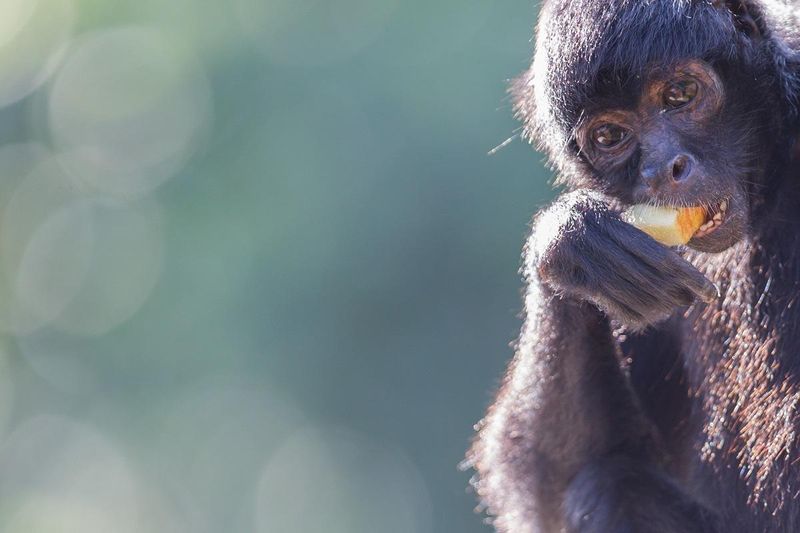
Brown Spider Monkeys play a vital role in the ecosystems they inhabit. As frugivores, they are key agents of seed dispersal, a process crucial for maintaining the health and diversity of rainforest ecosystems. By consuming fruits and dispersing seeds, they facilitate forest regeneration and plant biodiversity.
Their movements across large home ranges mean that the seeds they scatter have the potential to sprout far from the parent trees, promoting genetic diversity and resilience in forest flora. This ecological interaction underscores their importance as architects of their environments, influencing the dynamics of rainforest ecosystems.
Conservation of the Brown Spider Monkey thus extends beyond their species; it supports the preservation of entire ecosystems, highlighting their indispensable role in fostering biodiversity.
10. Adaptation Abilities
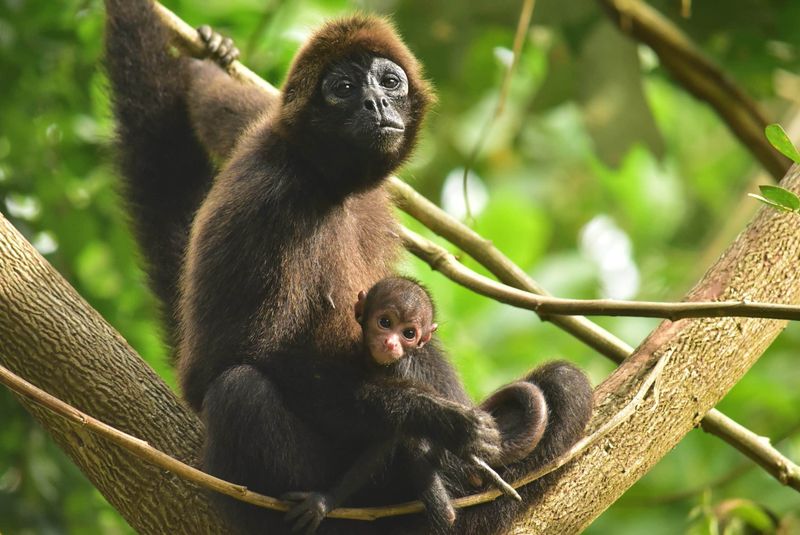
Adaptability is a hallmark of the Brown Spider Monkey, a trait that has enabled them to thrive in the challenging conditions of the rainforest. These primates have evolved to endure the seasonal fluctuations of their environment, from torrential rains to dry spells.
Their ability to adjust their diets based on seasonal availability of food sources is a testament to their survival instincts. During fruit shortages, they diversify their intake, consuming leaves, flowers, and even small insects to meet their nutritional needs. This dietary flexibility ensures they remain resilient in the face of environmental changes.
Such adaptability is crucial for their survival, as it allows them to navigate the unpredictable nature of their habitat, illustrating their resilience and the intricate balance they maintain with their ever-changing environment.
11. Conservation Efforts
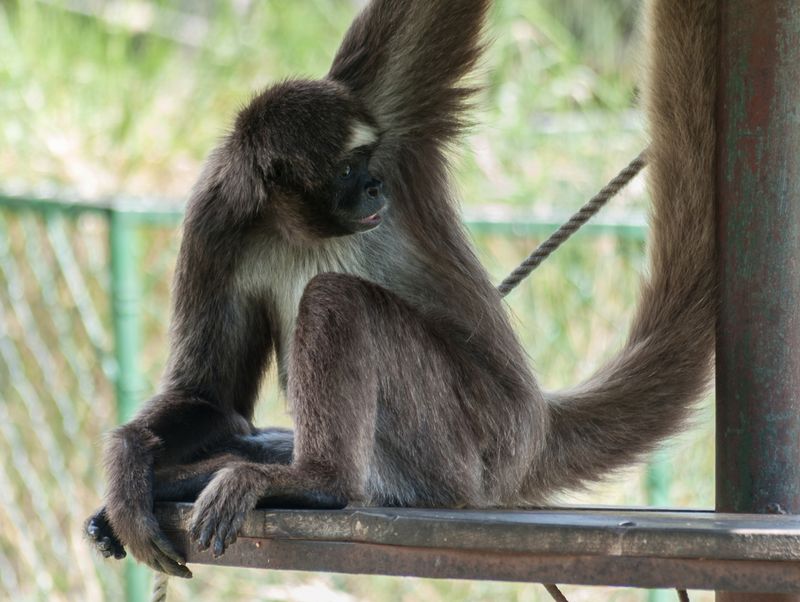
Conservation efforts are the lifeline for the survival of the Brown Spider Monkey. Across their range, dedicated teams of conservationists are working tirelessly to protect these primates and their habitats. Initiatives include habitat restoration, anti-poaching patrols, and community engagement programs.
Education and awareness campaigns are crucial, as they help local communities understand the importance of preserving this species. By fostering a sense of stewardship, conservationists aim to create sustainable solutions that benefit both the Brown Spider Monkey and the people who share their environment.
These efforts are a race against time, with conservationists striving to reverse the trends of habitat destruction and population decline. Their work is a testament to the importance of preserving biodiversity and the complex interdependence of life on Earth.
12. Cultural Significance
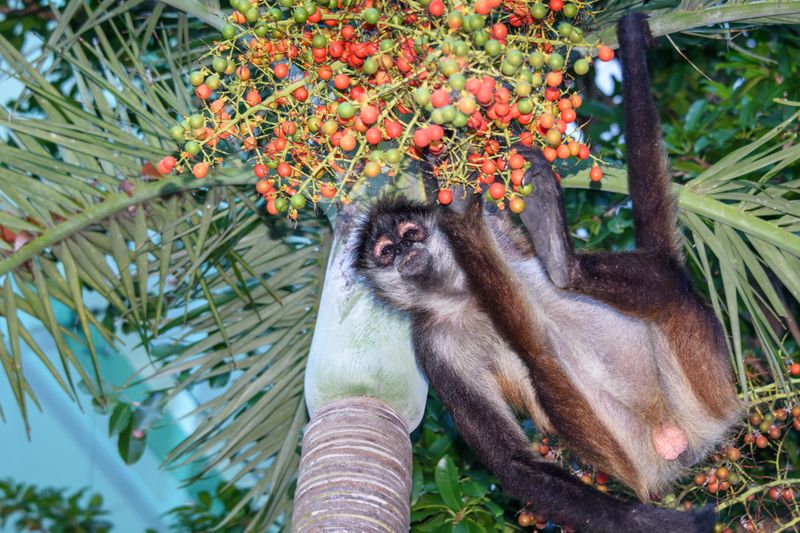
In addition to their ecological importance, Brown Spider Monkeys hold cultural significance for many indigenous communities in South America. These primates often appear in folklore, mythology, and traditional art, symbolizing various traits like agility, intelligence, and balance.
For these communities, the monkey’s presence is a reminder of the interconnectedness of all life forms and the importance of living in harmony with nature. Such cultural perspectives enrich our understanding of the spider monkey’s role beyond mere biology, highlighting its symbolic presence in human culture.
By respecting and incorporating these cultural values into conservation strategies, efforts can become more inclusive and effective, ensuring that the preservation of these monkeys aligns with local traditions and beliefs, fostering a deeper connection between people and wildlife.
13. Rapid Decline
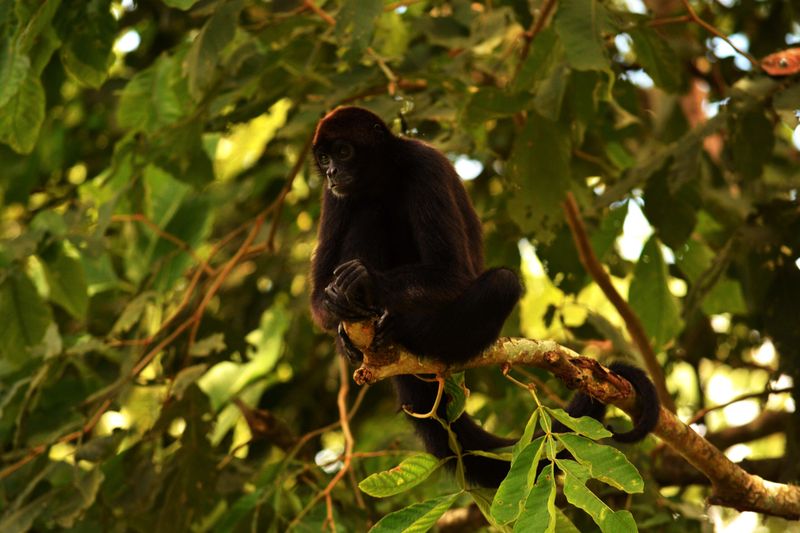
The rapid decline of the Brown Spider Monkey population is a stark reminder of the fragility of our planet’s biodiversity. Habitat destruction continues to be a relentless threat, with rainforests being cleared for agriculture, logging, and urban development at alarming rates.
This loss of habitat not only impacts the monkeys but disrupts entire ecosystems, leading to a cascade of environmental consequences. The urgency of addressing these threats cannot be overstated, as the window for effective intervention is shrinking.
Conservationists and researchers are calling for immediate action, urging governments and communities to implement sustainable practices and protect remaining forest areas. The plight of the Brown Spider Monkey is emblematic of the broader environmental challenges we face, necessitating a concerted global effort to halt biodiversity loss.


